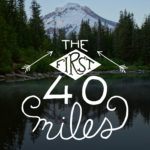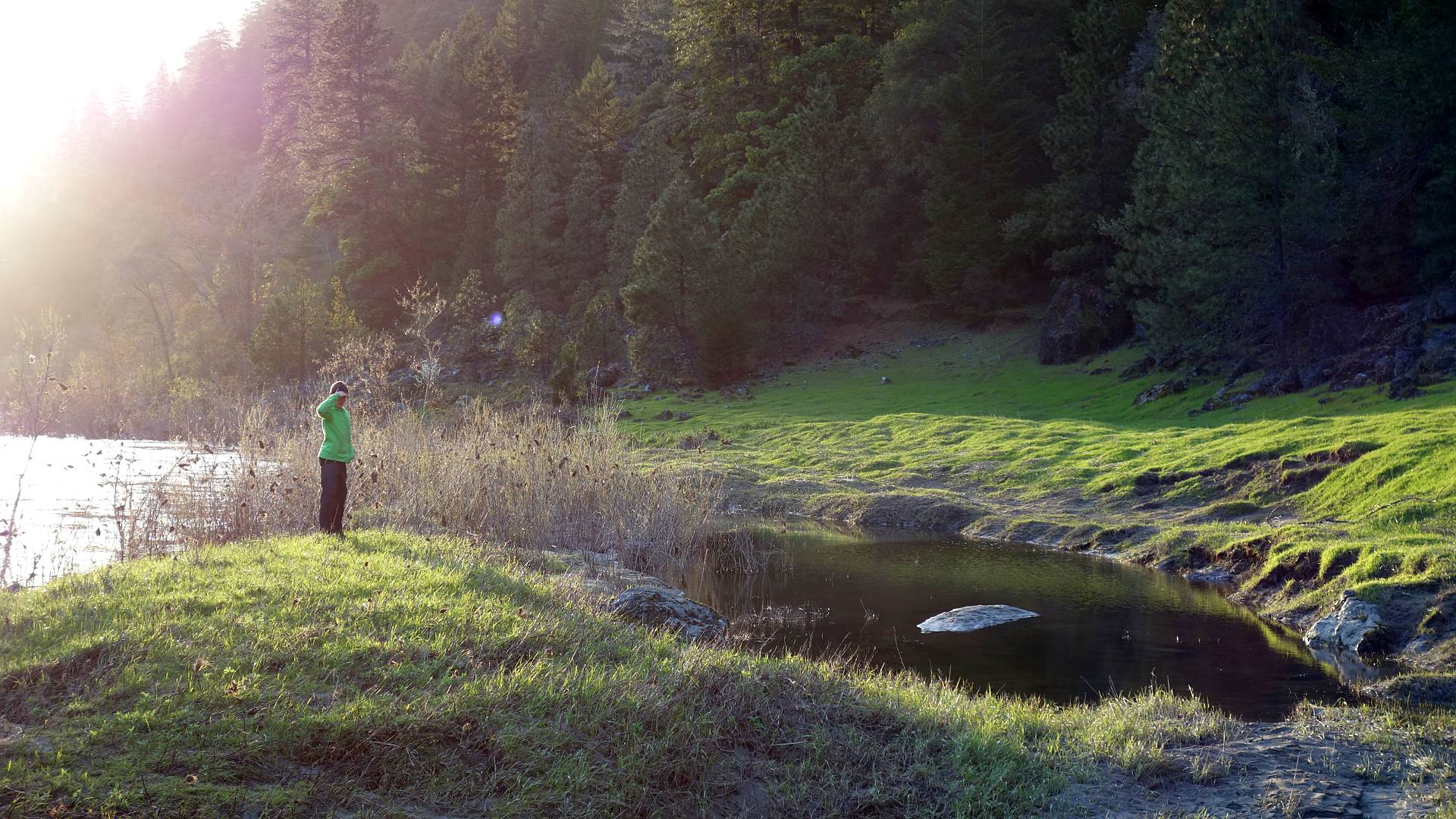Podcast: Download (Duration: 24:34 — 25.3MB)
Show Notes: Episode 099
Today on the First 40 Miles, BLINK: The Eye Episode. Most of us rely on our sight to help us navigate the trail, which means that eye health is a critical part of backpacking. Today’s episode focuses on eye health basics and how to care for your eyes while backpacking. And we’ll be swapping out our SUMMIT Gear Review for a SUMMIT Film Review. For today’s Backpack Hack of the Week, Josh shares his tips for using contact lenses while backpacking. And we’ll wrap up the show with a little trail wisdom from our good friend on the trail, Helen Keller.
Opening
Our eyes are amazing! And I believe we truly take them for granted when we go backpacking. We use our eyes to gauge depth, to collect information, to watch for danger, to take in all the beautiful creations and to imprint the beauty that we see into our memory. Eyes are incredible!
Facts:
- Eyes heal quickly. It only takes about 48 hours for the eye to repair a corneal scratch.
- Seeing is such a big part of everyday life that it requires about half of the brain to get involved.
- Doctors have yet to find a way to transplant an eyeball. The optic nerve that connects the eye to the brain is too sensitive to reconstruct successfully.
- You blink about 12 times every minute. The average blink lasts for about 1/10th of a second.
- Your eyes are about 1 inch across and weigh about 0.25 ounce. (Well worth the weight!)
- Out of all the muscles in your body, the muscles that control your eyes are the most active.
- Eyebrows prevent sweat dripping into your eyes and eyelashes keep dirt out of your eyes.
- Eigengrau (brain gray) is the color that eyes see in total darkness
Top 5 Ways to Protect Your Eyes on Backpacking Trips
Sunglasses
- Bright trips: gray, copper, and brown lenses help reduce bright light conditions—so think exposed hikes, glaciers, sand, or hiking above the tree line.
- Dark, limited sunlight or forested trips: rose and amber lenses are better for low light conditions.
- Wraparound frames so you’re getting the UV protection all around
- Sunglasses will provide protection from dirt, sand, snow and other particles that could irritate your eyes.
- When hiking at higher altitudes, the air is thinner so there is more UV radiation, in fact, UV radiation jumps by 4 percent for every 1,000 ft (305 m) of elevation
- Polarized lenses to reduce glare
Eye drops
- One of the amazing thing about eyes, is that they’re self cleaning
- But on backpacking trips, you’re exposed to lots of wind/dust/pollen.
- That can lead to irritation that your eyes just can’t keep up with
- If you have eyes that burn or itch or just feel dry and irritated, you’ll be glad you packed eye drops.
- Soothing eye drops: small bottle, lightweight and can help your eyes rehydrate, get lubricated and clean them out
Irrigation syringe or Ziploc bag with corner snipped off
- If you do have a foreign object in your eye, it may be helpful to gently flush it out with an irrigation syringe
- Be sure to use sterile contact solution (if you have it) or filtered water
Mirror
- Allows you to put in contact lenses, but it also is a great tool if you happen to get a foreign object in your eye.
- It can be all sorts of frustrating, to ask someone if you have something in your eye and have them try to explain where the eyelash is while you fish around for it…
Sweat band
- This can be something as simple as a bandana or a hat
- Just be sure you have something to keep sweat from dripping into your eyes if you’re a heavy sweater.
- Sweat on backpacking trips isn’t just sweat. It contains water, with tiny amounts of other chemicals like ammonia, urea, salts, sugar and trail grit! Keeping sweat out of your eyes will go a long way toward avoiding eye irritation
SUMMIT Film Review: Zero Zero
- Zero Zero on Vimeo
- A mini documentary about a blind long distance hiker, Trevor Thomas, and his dog, Tennille.
- 15 minutes
- Trevor has developed great spatial awareness
- Great start to a discussion on adaptive backpacking
- This video is an auditory experience
- www.blindhikertrevorthomas.com
Backpack Hack of the Week™: Using Contact Lenses on the Trail
- Storage: Case in your sleeping bag so they’ll stay body temperature
- Case: Use a screw on lidded lens case, not a pop top.
- Type: Dailies for weeklong trips…save you the hassle of storing your contacts. Simply throw away.
- Glasses: Bring a backup pair of glasses–no matter what! Zenni Optical is an inexpensive option.
Trail Wisdom
“To me a lush carpet of pine needles or spongy grass is more welcome than the most luxurious Persian rug.”
–Helen Keller

